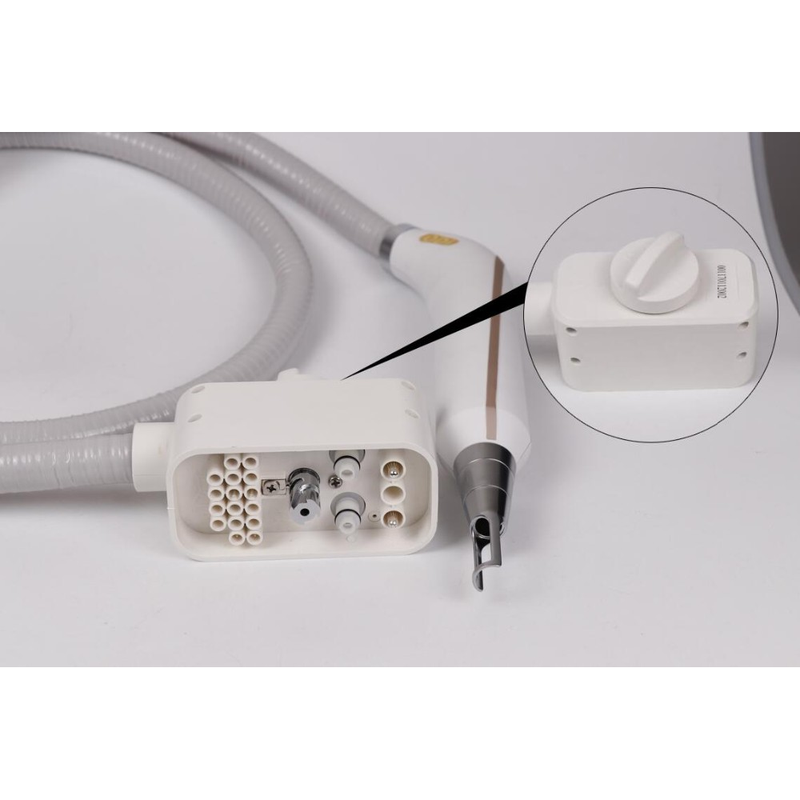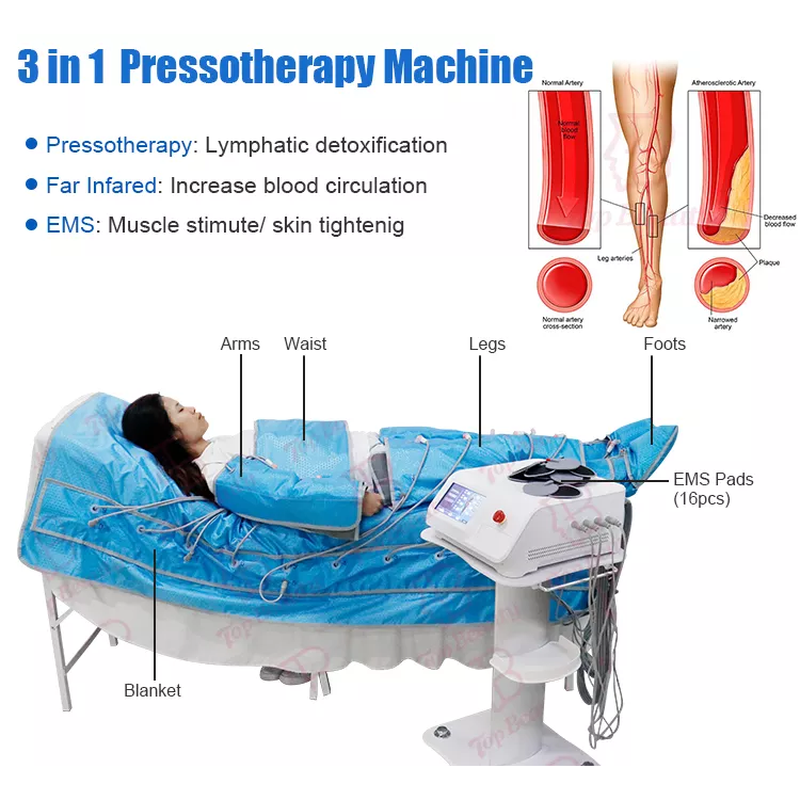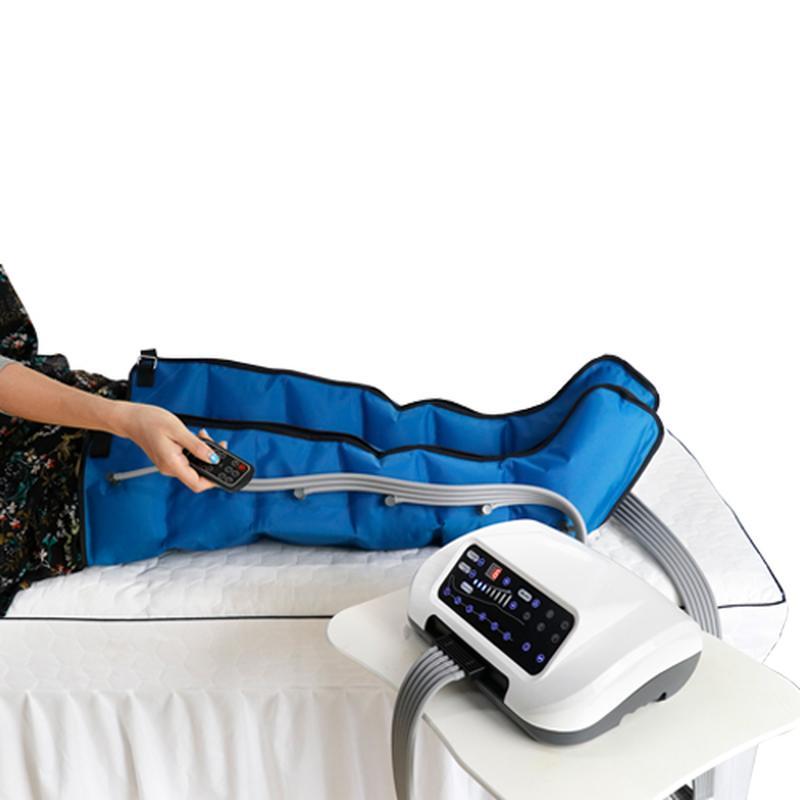Наука, лежащая в основе магнитных полей в физиотерапии Магнитные поля все чаще используются в физиотерапии для ускорения заживления, уменьшения боли и улучшения общего самочувствия. Применение
Наука, лежащая в основе магнитных полей в физиотерапии
Магнитные поля все чаще используются в физиотерапии для ускорения заживления, уменьшения боли и улучшения общего самочувствия. Применение магнитных полей в физиотерапии основано на принципе, согласно которому магнитные поля могут взаимодействовать с биологическими процессами человеческого организма. Это взаимодействие может стимулировать клеточные реакции, усиливать кровоток и модулировать восприятие боли. В результате магнитотерапия стала популярным дополнительным методом лечения различных мышечно-скелетных и неврологических заболеваний. Исследования показали обнадеживающие результаты, и исследования показывают, что магнитотерапия может быть эффективной в уменьшении боли и воспаления, улучшении диапазона движений и функциональных способностей.
Принципы магнитотерапии
Магнитотерапия включает в себя применение статических или динамических магнитных полей к телу. Терапия может проводиться с помощью различных устройств, включая маты, обертывания и зонды, которые излучают магнитные поля различной частоты и интенсивности.
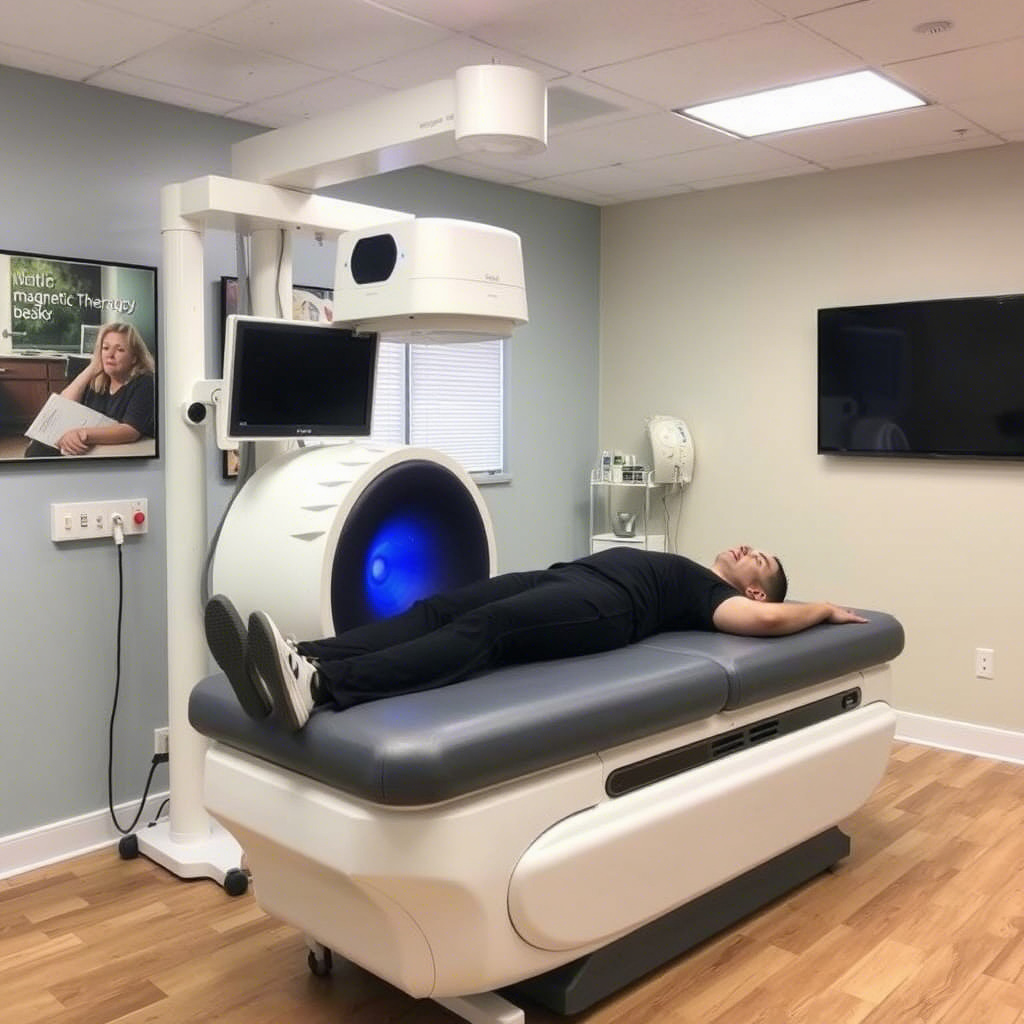
Оборудование, используемое в магнитотерапии, может существенно различаться - от простых статических магнитных устройств до более сложных систем терапии импульсным электромагнитным полем (PEMF).
Статическая магнитотерапия включает в себя использование постоянных магнитов для создания постоянного магнитного поля, тогда как терапия PEMF включает в себя применение электромагнитных полей, которые варьируются по интенсивности и частоте.
Механизмы действия
Точные механизмы, с помощью которых магнитные поля оказывают терапевтическое воздействие, не полностью поняты. Однако было предложено несколько теорий:
- Клеточные эффекты: Магнитные поля могут влиять на клеточные процессы, включая транспорт ионов и пути клеточной сигнализации. Исследования показали, что магнитные поля могут изменять экспрессию генов, участвующих в воспалении и восстановлении тканей.
- Усиление кровотока: Магнитные поля могут усиливать кровоток к пораженной области, способствуя доставке кислорода и питательных веществ. Исследование, опубликованное в Журнале альтернативной и комплементарной медицины, показало, что терапия PEMF увеличила кровоток и уменьшила воспаление у пациентов с хронической болью.
- Модуляция боли: Магнитные поля могут взаимодействовать с путями боли, уменьшая передачу болевых сигналов в мозг. Это подтверждается исследованиями, демонстрирующими анальгетические эффекты магнитотерапии у пациентов с хроническими болевыми состояниями.
Виды магнитотерапии
Существует несколько видов магнитотерапии, каждый со своими уникальными характеристиками и применениями.
Статическая магнитотерапия
Статическая магнитотерапия включает в себя использование постоянных магнитов для создания постоянного магнитного поля. Этот тип терапии часто используется для облегчения боли и уменьшения воспаления.
Для получения более подробной информации о устройствах для статической магнитотерапии вы можете посетить https://www.mbs-med.com/.
Терапия импульсным электромагнитным полем (PEMF)
Терапия PEMF включает в себя применение электромагнитных полей, которые варьируются по интенсивности и частоте. Этот тип терапии используется для ускорения заживления костей, уменьшения воспаления и улучшения восстановления тканей.

Терапия PEMF оказалась эффективной в лечении таких состояний, как остеоартроз, переломы и тендинит. Исследование, опубликованное в Журнале ортопедических исследований, показало, что терапия PEMF улучшила заживление костей и уменьшила боль у пациентов с несросшимися переломами.
Другие формы магнитотерапии
Другие формы магнитотерапии включают терапию низкочастотным магнитным полем и терапию высокочастотным магнитным полем. Эти терапии используются для лечения ряда состояний, включая мышечно-скелетные расстройства и неврологические заболевания.
Клинические применения магнитотерапии
Магнитотерапия имеет широкий спектр клинических применений, включая управление болью, заживление ран и реабилитацию.
Управление болью
Магнитотерапия часто используется для управления хроническими болевыми состояниями, такими как артрит и фибромиалгия.
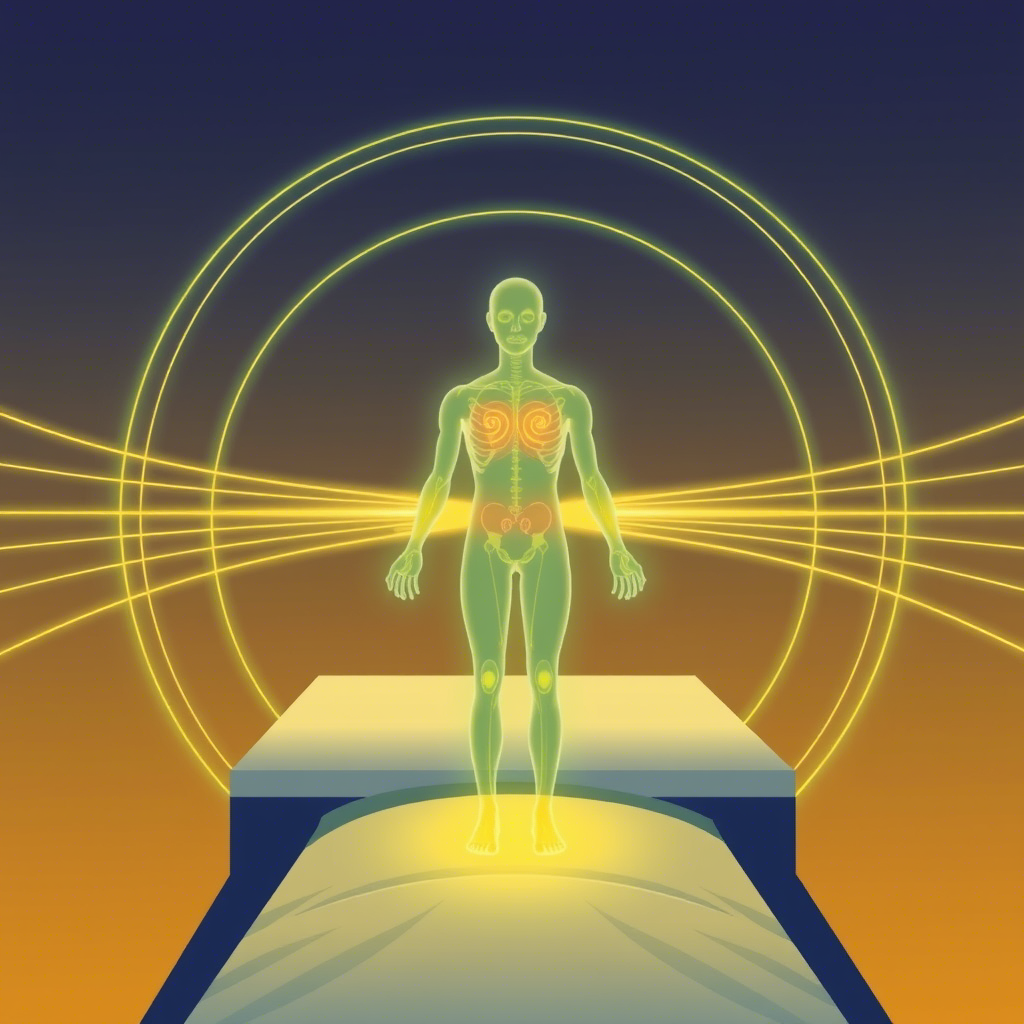
Исследования показали, что магнитотерапия может уменьшить интенсивность боли и улучшить качество жизни у пациентов с хронической болью.
Заживление ран
Магнитотерапия оказалась эффективной в улучшении заживления ран путем стимуляции восстановления тканей и уменьшения воспаления. Исследование, опубликованное в Журнале ухода за ранами, показало, что терапия PEMF улучшила скорость заживления ран и уменьшила риск осложнений.
Реабилитация
Магнитотерапия используется в реабилитационных учреждениях для ускорения выздоровления и улучшения функциональных способностей. Например, терапия PEMF была использована для улучшения заживления костей и уменьшения боли у пациентов с переломами. Более подробную информацию об устройствах для терапии PEMF можно найти на сайте https://www.mbs-med.com/products/pemf-devices.
Безопасность и противопоказания
Хотя магнитотерапия в целом считается безопасной, существуют определенные противопоказания и меры предосторожности, о которых следует знать.
Противопоказания
Магнитотерапия противопоказана пациентам с кардиостимуляторами, имплантируемыми кардиовертерами-дефибрилляторами и другими имплантируемыми электронными устройствами.
Она также противопоказана пациентам с металлическими имплантатами, такими как замена тазобедренного сустава, если имплантат не предназначен специально для совместимости с магнитотерапией.
Меры предосторожности
Пациенты с эпилепсией или историей судорог должны использовать магнитотерапию с осторожностью, поскольку она может потенциально спровоцировать судороги.
Беременные женщины также должны проконсультироваться со своим врачом перед использованием магнитотерапии.
Заключение
Магнитотерапия является перспективным дополнительным методом лечения различных мышечно-скелетных и неврологических заболеваний. Понимая принципы, виды и клинические применения магнитотерапии, медицинские работники могут предложить эффективные варианты лечения своим пациентам. Хотя необходимы дальнейшие исследования для полного понимания механизмов действия и оптимальных параметров лечения, имеющиеся данные свидетельствуют о том, что магнитотерапия может быть ценным дополнением к физиотерапевтической практике. Как и при любом лечении, важно тщательно оценивать безопасность и противопоказания магнитотерапии и использовать ее разумно в клинической практике.

